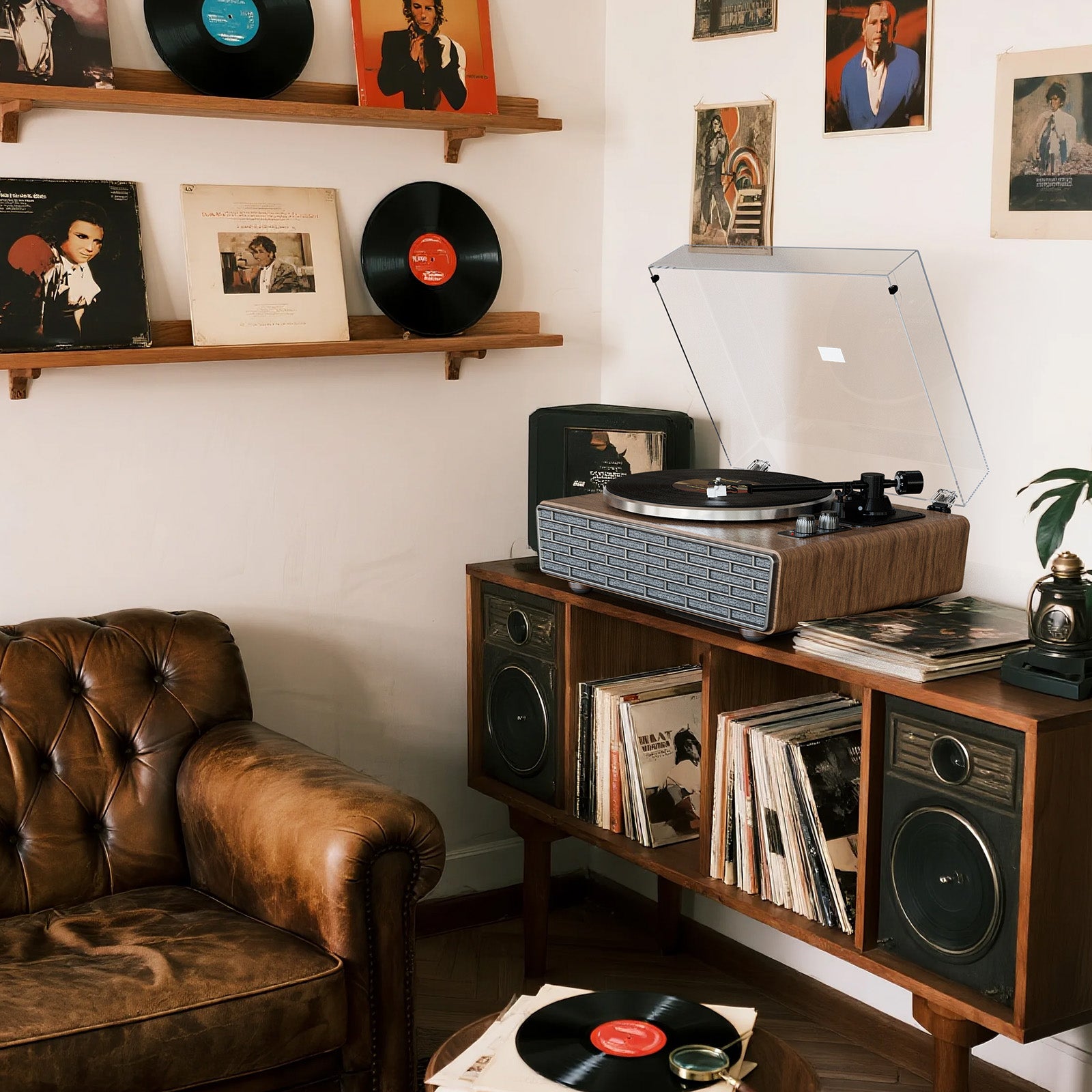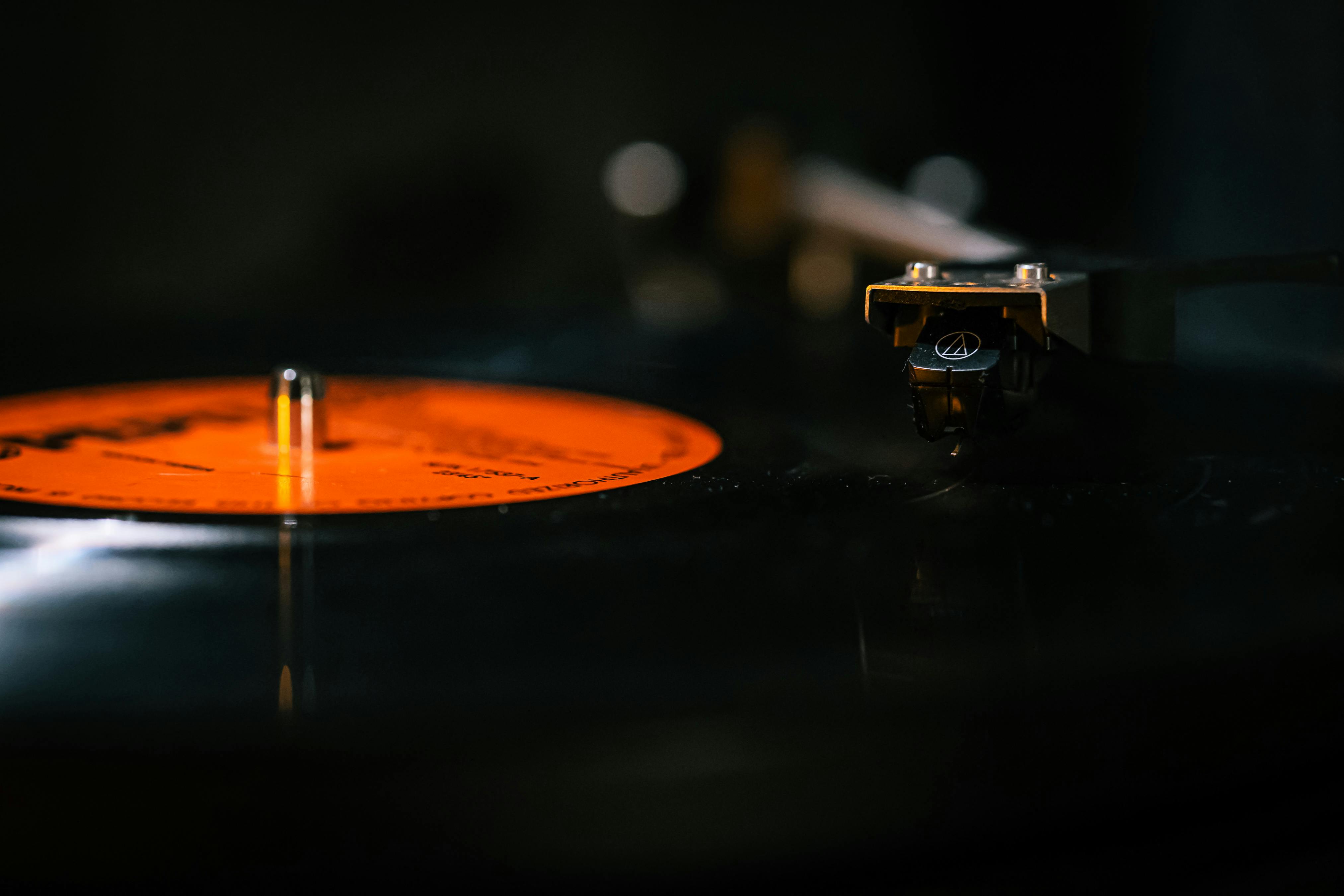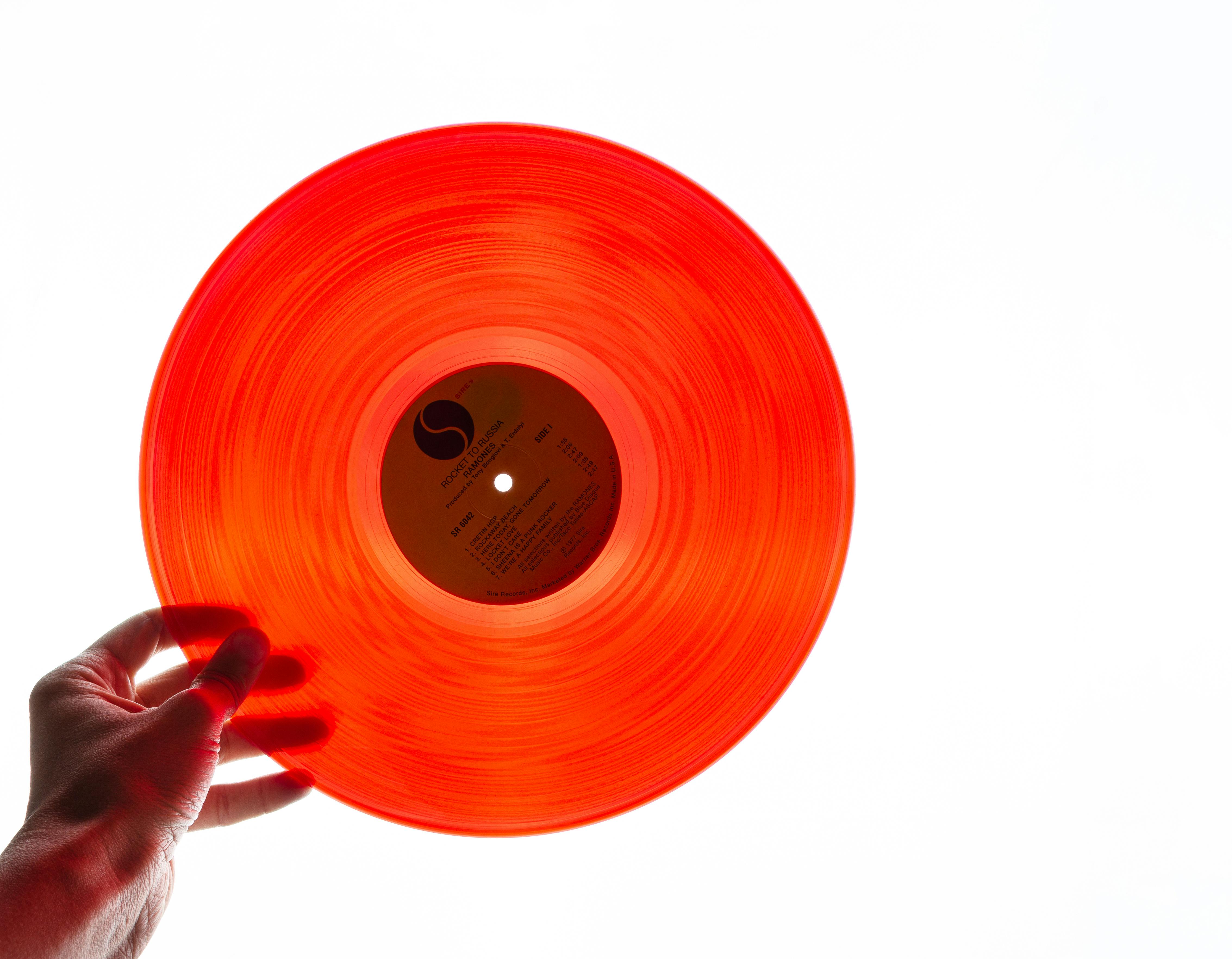One of the most common and frustrating issues vinyl enthusiasts encounter is an audible hum or buzz coming through the speakers when the turntable is selected. This intrusive noise, often a 60Hz mains hum (or 50Hz in some regions), can significantly detract from the listening experience. Fortunately, the most frequent cause is also often the simplest to fix: an improper ground connection between the turntable and the amplifier or phono preamplifier. Understanding why grounding is necessary and how to do it correctly is key to achieving a clean, hum-free analog sound.
So, what exactly causes this hum, and what does grounding do? The signal coming from your turntable's phono cartridge is extremely low level. To make it audible, it needs significant amplification, first by a phono preamplifier (which also applies RIAA equalization) and then by your main amplifier. This high gain makes the signal path incredibly sensitive to electromagnetic interference (EMI), including the pervasive hum from your home's electrical wiring. Furthermore, different audio components plugged into different outlets or even the same power strip can sometimes sit at slightly different electrical ground potentials. This difference creates a "ground loop," allowing stray electrical current to flow between components via the shield conductors of your RCA interconnect cables, manifesting as hum. The dedicated ground wire on your turntable provides a separate, direct path for these stray currents and differences in potential to equalize, effectively draining them away from the sensitive audio signal path and providing essential shielding for the turntable's chassis and tonearm assembly. Reputable sources on audio systems often explain ground loops in more detail.

Identifying the ground wire is usually straightforward. Look for a thin, separate wire emerging from the back of your turntable, typically running alongside the main RCA audio cables. This wire often terminates in a small, U-shaped metal connector called a spade lug, though sometimes it might be a simple bare wire end or a small ring connector. In rarer cases, particularly with some vintage or integrated designs, the ground path might be handled differently, but the separate thin wire is the most common configuration. Note that some modern turntables with built-in, non-bypassable phono preamps might ground internally and may not have a separate external ground wire.
The connection point for this wire is usually found on the back of your phono preamplifier (if using an external one) or your integrated amplifier or receiver if it has a dedicated phono input section. Look for a small screw terminal or post specifically labeled "Ground," "GND," or sometimes marked with the ground symbol (⏚). This terminal is designed to provide a secure connection point for the turntable's ground wire.
Connecting the ground wire is simple. Loosen the ground screw on your amplifier or preamp slightly – just enough to slide the spade lug underneath its head or wrap the bare wire around the post. Ensure the metal of the ground wire's connector makes solid, direct contact with the metal of the grounding post or the chassis underneath the screw head. Once positioned, tighten the screw firmly, but don't overtighten to the point of stripping it. A secure, tight connection is crucial for effective grounding.
What if you still hear hum after connecting the ground wire? First, double-check that the connection is truly secure at both ends (if the wire is detachable at the turntable side, check there too). Ensure the spade lug isn't loose or making intermittent contact. Try connecting the ground wire to a different metal chassis screw on the amplifier or preamp, ensuring it's a screw going into the main metal body. Sometimes, one ground point works better than another. Also, inspect your RCA interconnect cables; poorly shielded or damaged cables can pick up hum independently of grounding issues. Consider consulting guides on troubleshooting audio hum for a more systematic approach. If using separate components (turntable -> phono preamp -> main amplifier), try grounding the turntable to the phono preamp first. If hum persists, try grounding it directly to the main amplifier instead. Ensure all connected audio components are plugged into the same power outlet or power strip to minimize potential ground potential differences.
Properly grounding your turntable is a fundamental step in achieving the best possible sound quality from your vinyl setup. It’s usually a quick and easy process that eliminates one of the most common sources of noise, allowing you to enjoy the music without that annoying background buzz.





Leave a comment
All comments are moderated before being published.
This site is protected by hCaptcha and the hCaptcha Privacy Policy and Terms of Service apply.